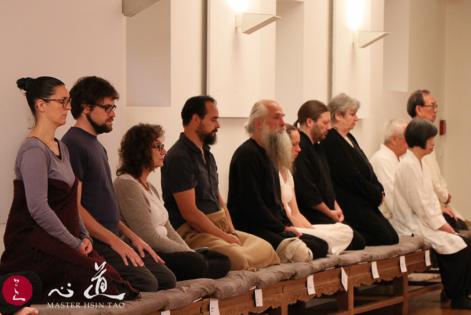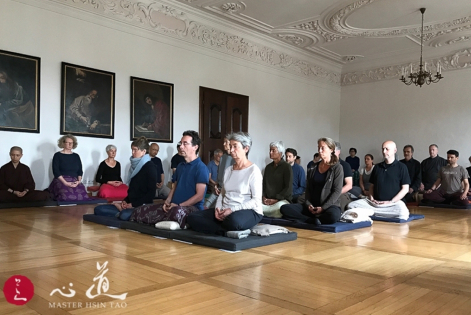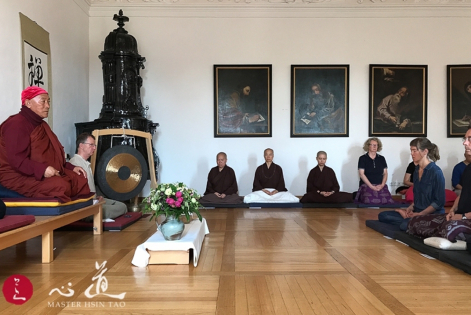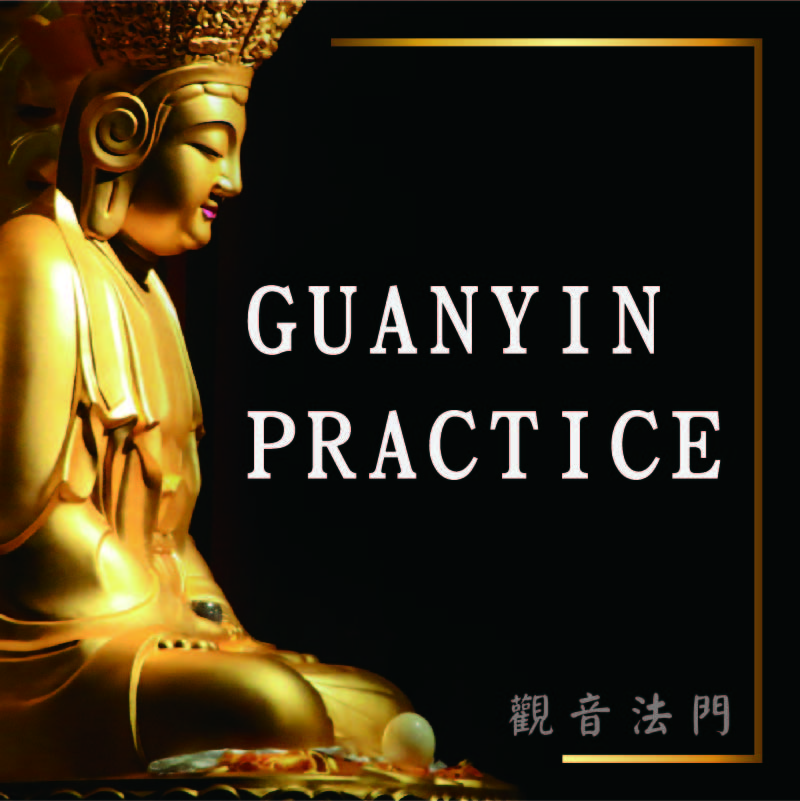
Listen – To Rediscover Our Nature
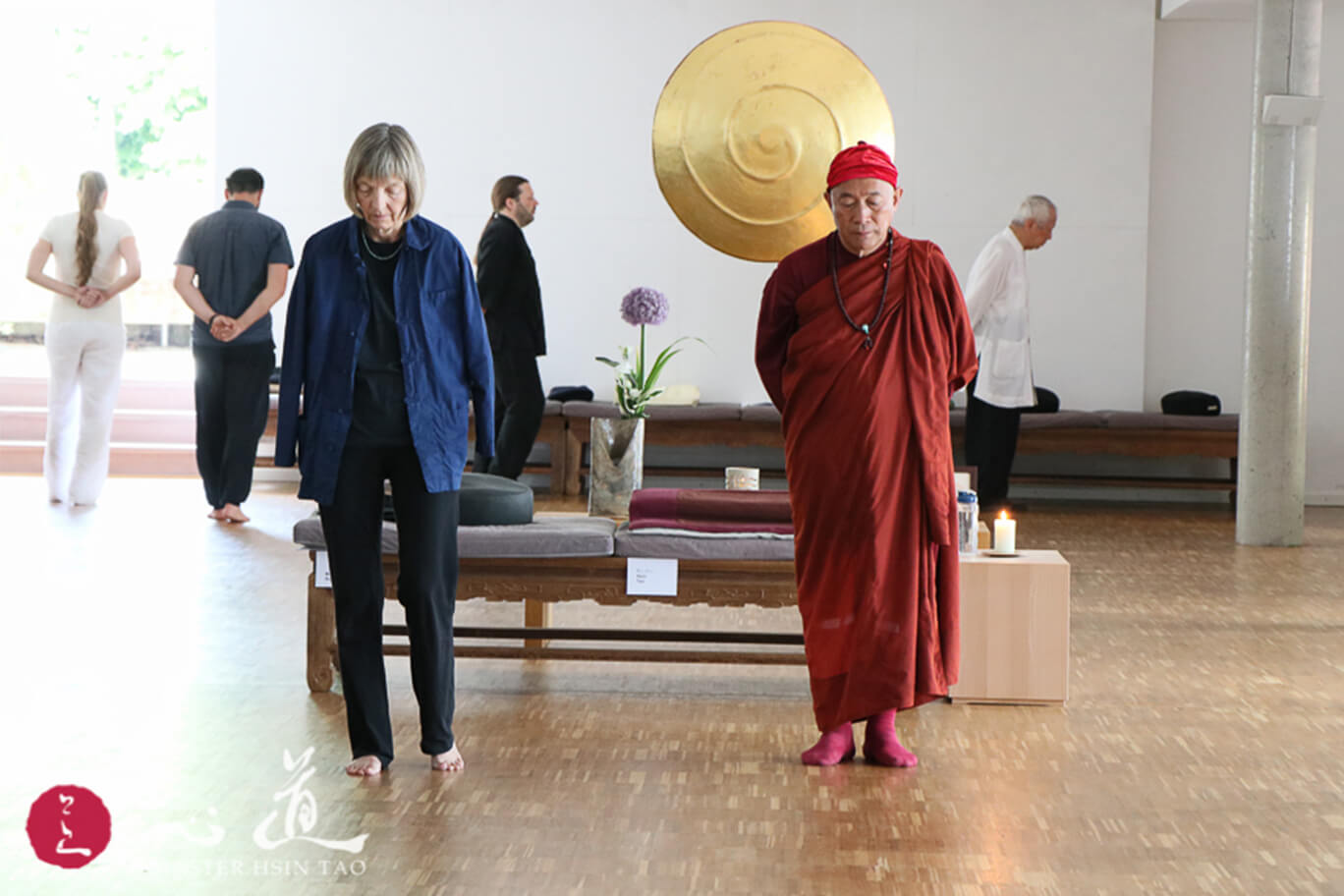 The goal of Chan practice is to attain realization and to see our nature in clarity. What does that mean? That very nature is us, and all – a fundamental truth. Regardless of religions, ethnicities, there is only one truth. While there are different methods, customs, or cultures, these are merely the means to help us understand the truth.
The goal of Chan practice is to attain realization and to see our nature in clarity. What does that mean? That very nature is us, and all – a fundamental truth. Regardless of religions, ethnicities, there is only one truth. While there are different methods, customs, or cultures, these are merely the means to help us understand the truth.
Chan starts from working with our mind. By realizing this mind progressively, we will find the mind free of fabrication. When the Buddha attained enlightenment, he realized that all sentient beings have the same potential for enlightenment. The factors that keep beings from awakening are afflictions and attachments. These two prevent us from realizing the reality. Therefore, we should learn to cease the afflictions and attachments in order to attain the wondrous mind of nirvana.
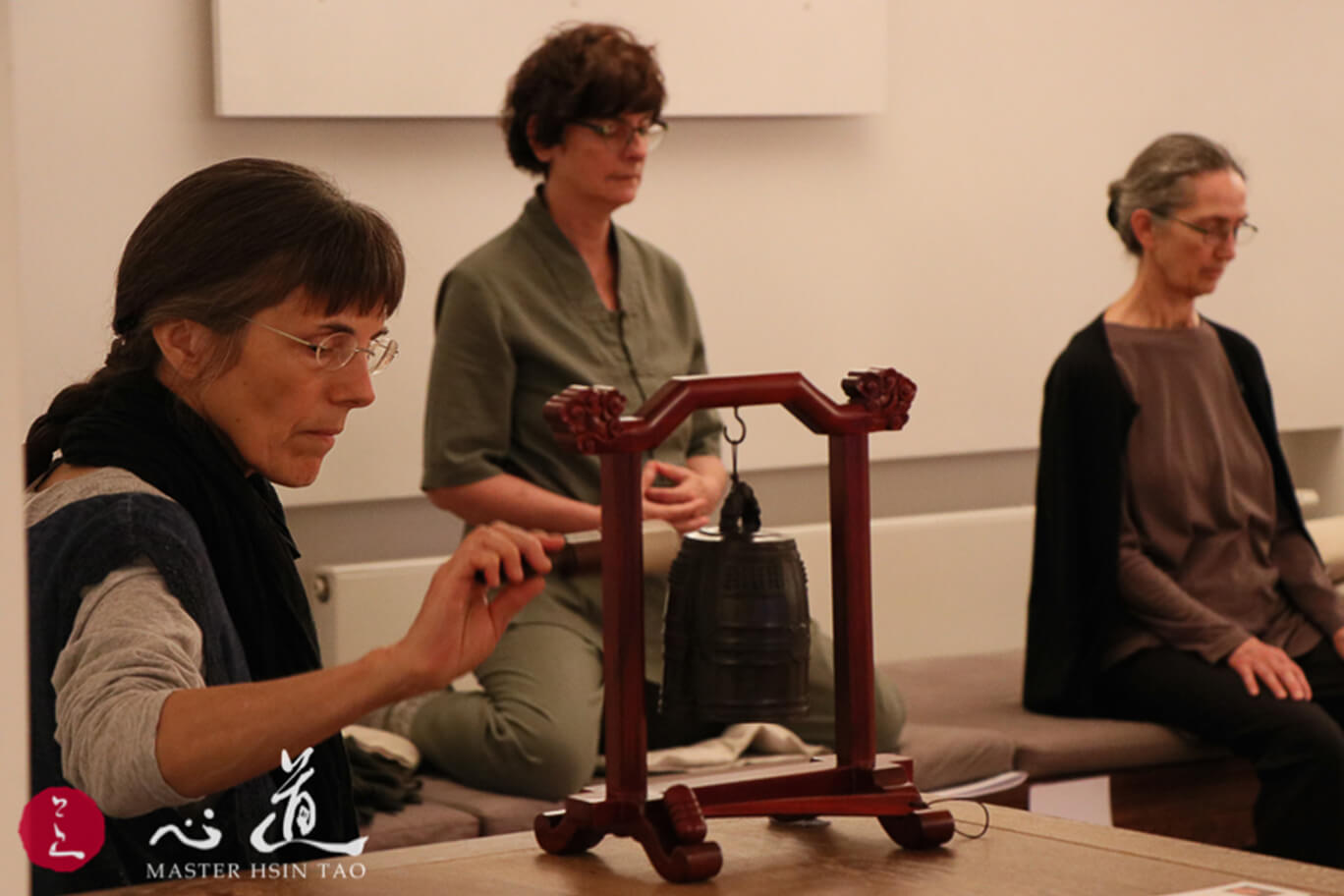 The Buddha has imparted the method of realizing our mind to us. The Four-step Technique of Peace Meditation was developed based on the experience of “wondrous mind of nirvana”. Take genuine practice as the objective to attain such wondrous mind and notionlessness. When proceeding to the fourth step of listening to the sound of silence, our afflictions and attachments dissolve when we hear spaciousness and clarity. They are gone, disappeared. When we enter emptiness to a point, the essence of clarity will show.
The Buddha has imparted the method of realizing our mind to us. The Four-step Technique of Peace Meditation was developed based on the experience of “wondrous mind of nirvana”. Take genuine practice as the objective to attain such wondrous mind and notionlessness. When proceeding to the fourth step of listening to the sound of silence, our afflictions and attachments dissolve when we hear spaciousness and clarity. They are gone, disappeared. When we enter emptiness to a point, the essence of clarity will show.
When we listen clearly, we can become attuned with notionlessness and emptiness. With concentration, our nature of clarity and emptiness will be uncovered. By letting go of all afflictions and attachments, we can rediscover our nature – the calm abiding of nirvana. This nature is the treasure of mind that is inexhaustible.
That being said, contemplative analysis is crucial for Dharma practice. Without it, we are not getting anywhere. Contemplative analysis and awareness are applied to realize emptiness. Our best companion is the primordial wisdom that is inseparable.


